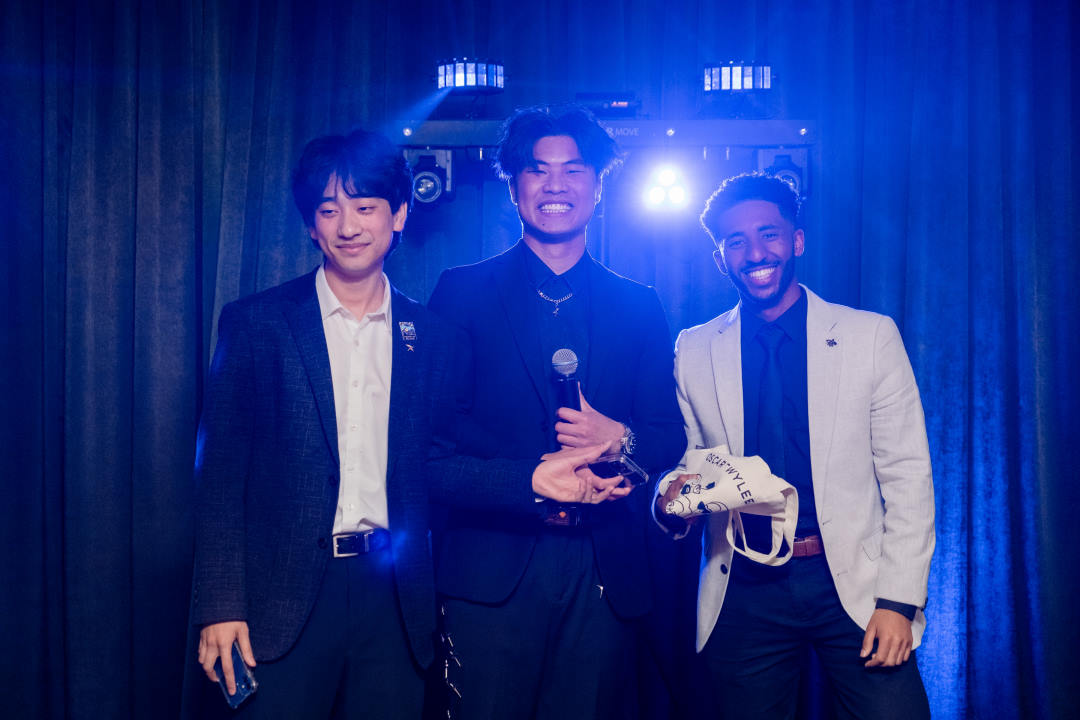20-20-20 rule ineffective?
A US study has found little to no evidence that the popular 20-20-20 rule to relieve digital eyestrain is effective, suggesting longer break durations or different frequency may be more inducive.
Regular breaks are frequently recommended by clinicians to minimise digital eye strain, said study authors Sophia Johnson and Professor Mark Rosenfield from the State University of New York (SUNY) College of Optometry. “The so-called 20-20-20 rule, whereby individuals are advised to fixate on an object at least 20 feet (6m) away for at least 20 seconds every 20 minutes is widely cited. Unfortunately, there is relatively little peer-reviewed evidence to support this rule.”
To determine if scheduled breaks are effective in reducing the adverse effects of digital device usage, 30 young subjects performed a 40-minute, cognitively demanding reading task from a tablet computer on four separate occasions. Twenty-second breaks were allowed every five, 10, 20 or 40 minutes (the latter effectively equalling no breaks), respectively. Although all participants experienced a significant increase in post-task symptoms across all four trials (P < .001) compared to the pre-task value, there was no significant effect of scheduled breaks on reported symptoms.
These results should not, however, be interpreted as taking breaks are not valuable, noted authors, rather further research is required to examine the efficacy of longer breaks with varying intervals and other actions, including standing up or moving around.
For more, see https://www.nzoptics.co.nz/articles/archive/more-patients-seeking-help-for-eyestrain/


























